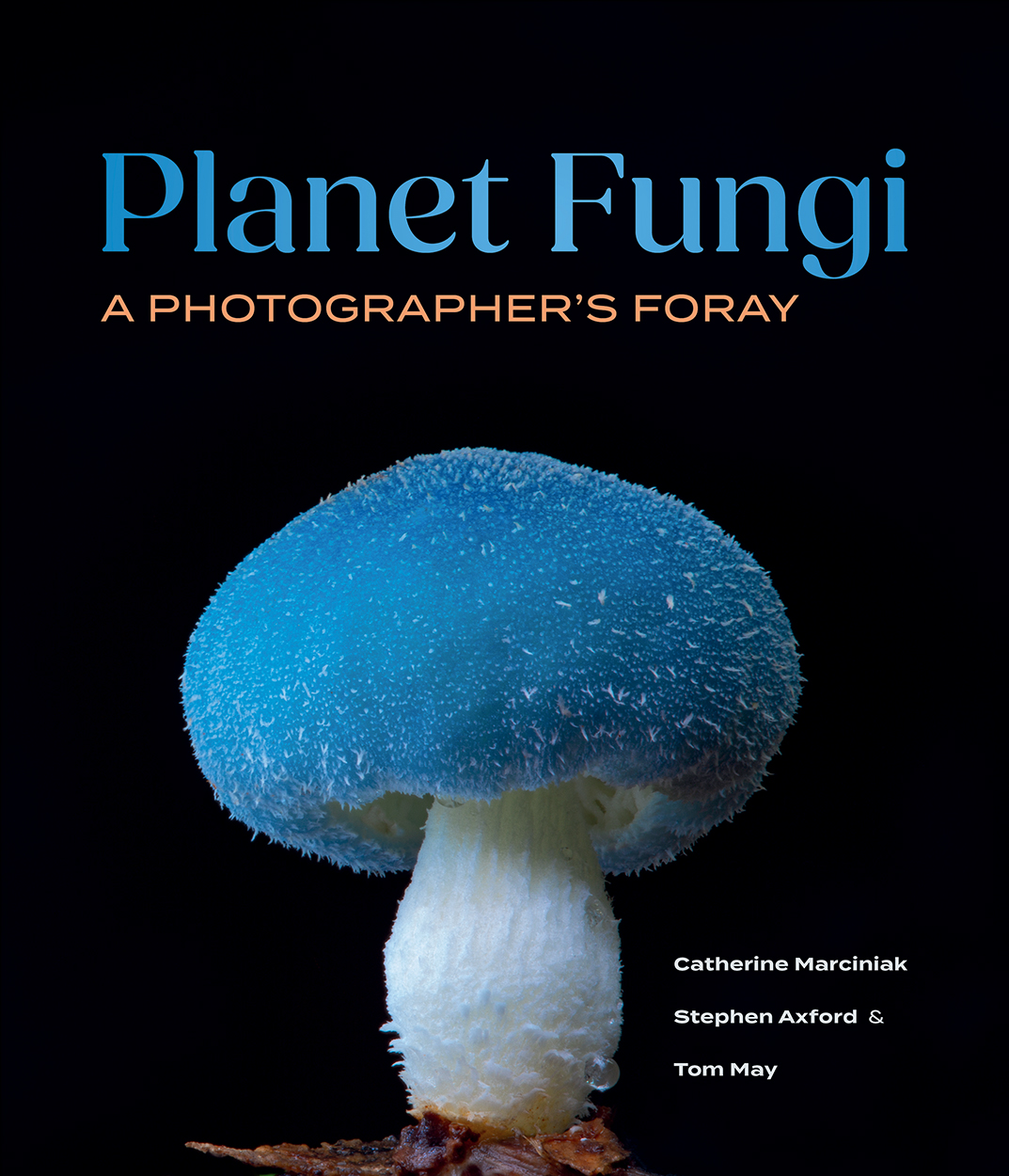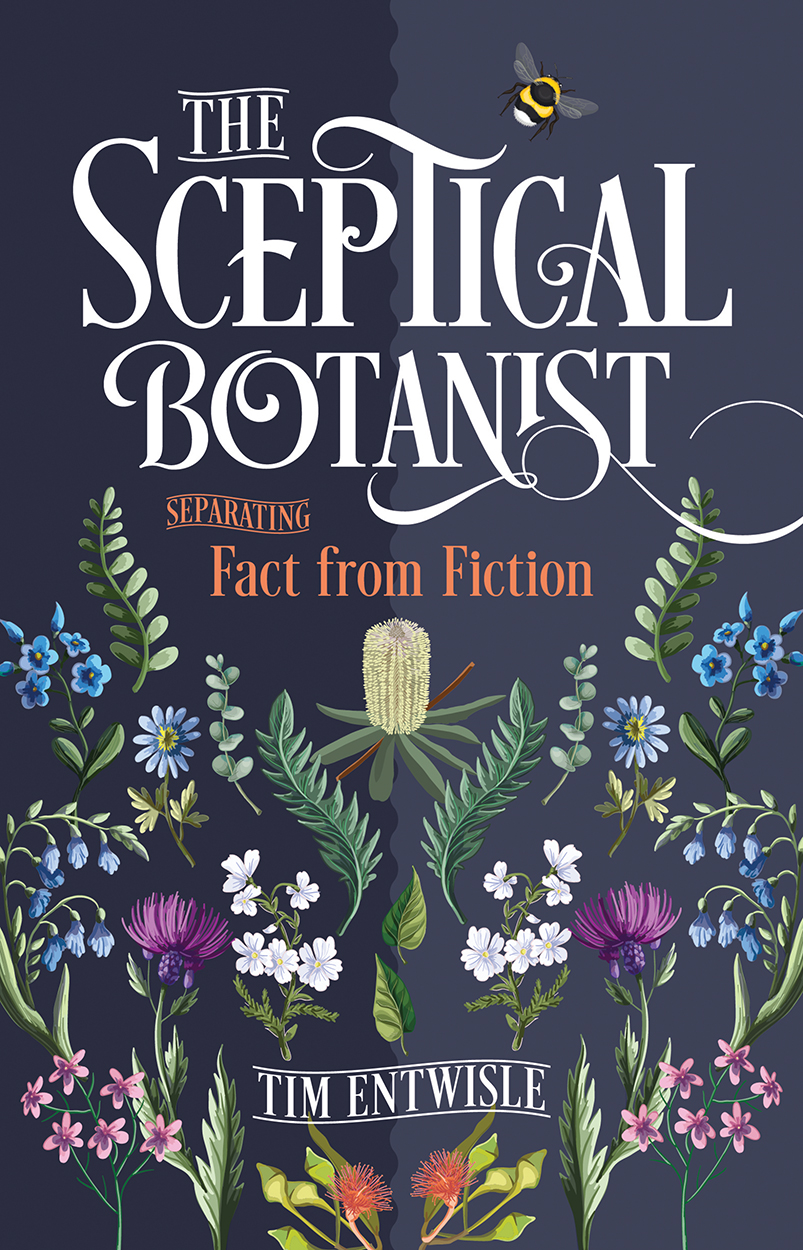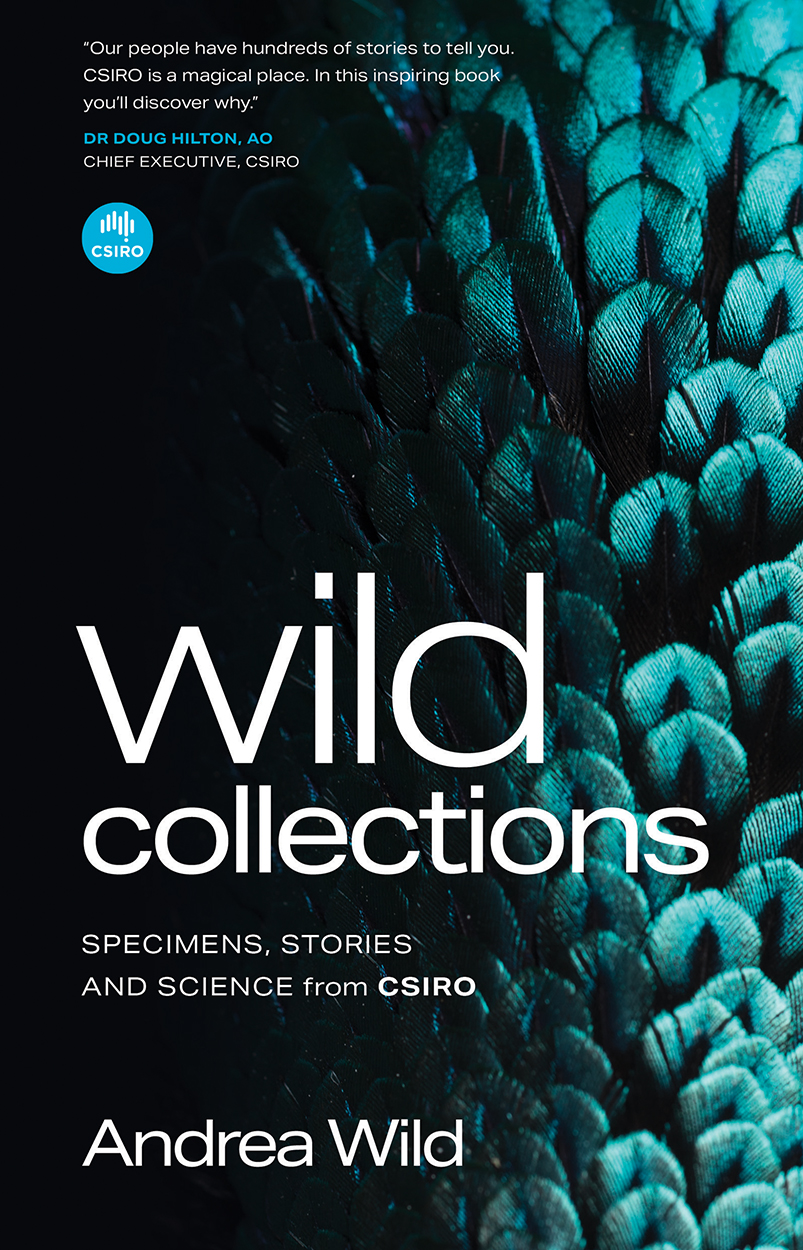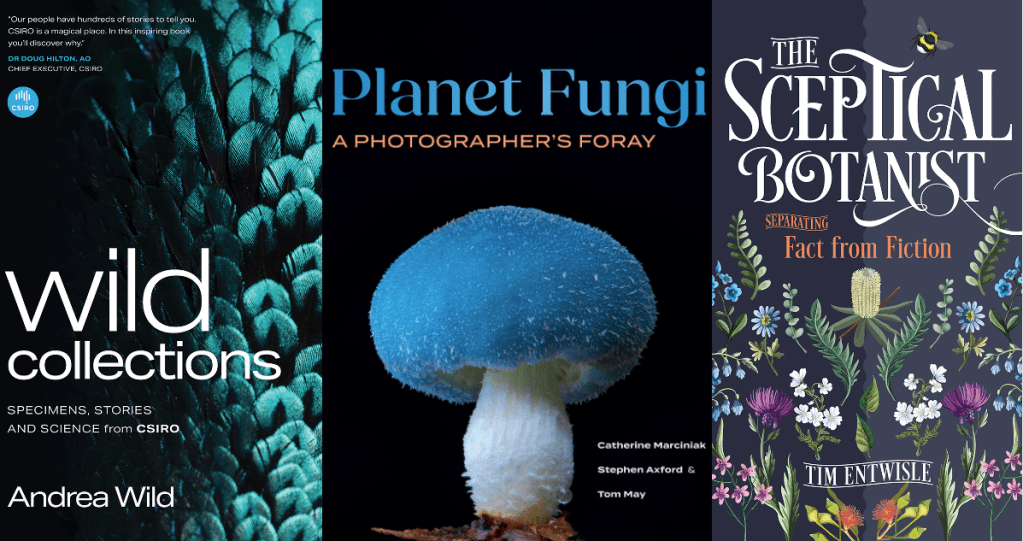If you’re anything like me, you’ve run through your summer reading list and are looking for your next page-turner to peruse at the beach or read before bed.
Each of these three new books from Australian’s CSIRO Publishing offers something different: stunning photographs of fungi, essays with a botanical bent, and a behind-the-scenes look at a natural history collection of more than 15,000 million specimens.
Top 10 List
-
Planet Fungi: A Photographer’s Foray
By Catherine Marciniak, Stephen Axford, Tom May | CSIRO Publishing

It started with a small, purple mushroom in the forest. From then on, Australian photographer Stephen Axford became obsessed with documenting the little-known world of fungi.
His new book, Planet Fungi, combines gorgeous macro photography with stories about fungi, from their role in culinary traditions and medicine to how they can help make ecosystems more resilient to climate change.
Axford and his wife and co-author, journalist Catherine Marciniak, document hundreds of species on “fungi safaris” to China, Chile, and India, including some unknown to science. (Scientists estimate that there are 2–5 million species of fungi, but only ~155,000 of them have been formally described.)
Planet Fungi is one of those clever books that packs a wealth of ecological detail (and good storytelling) into what looks like, at first glance, a glossy coffee table decoration. You start casually pursuing photos of weird mushrooms and lichen, and two hours later you’re learning about parasitic fungi that turn wasps into zombies.
The photography is gorgeous, too, with portraits of fungi that look like flowers and coral, river deltas and spider webs, and strange, otherworldly tentacles. It’s a perfect read for anyone who loves natural history, photography, or is curious about the fantastic world of fungi living all around us.
-
The Skeptical Botanist: Separating Fact from Fiction
By Tim Entwisle | CSIRO Publishing

I have a confession: After 15 years as a naturalist and science writer, I struggle to get excited about plants. Most of what I know about the botanical world is in relation to other animals; which flowers attract pollinating insects to my garden, or which tree a particular bird species likes to nest in. But plants in their own right could never pique my curiosity quite as much as something furred or finned or feathered. That is, until I read The Sceptical Botanist.
This lovely book compiles 50 essays that explore everyday questions about plants and gardens.
Some delve into the science and ecology of plants, like how trees communicate with one another and whether or not clonal plants can really live forever. Others muse on the intersection between gardening and sustainability: Should we feel guilty about planting non-natives in our garden, or watering our lawns year round?
Author and botanist Tim Entwisle is the perfect writer to explore these topics, having spent a combined 30 years as the director of the Royal Botanic Gardens in both Sydney and Melbourne. He has a keen eye and a dry wit, both of which I appreciate. And while many of his essays have an Australian bent, The Sceptical Botanist is a great read for anyone who loves green and growing things.
-
Wild Collections: Specimens, Stories & Science from CSIRO
By Andrea Wild | CSIRO Publishing

Museums and research collections do more than just house natural history specimens. Each pinned butterfly, mineral sample, or animal in a jar of ether tells a story.
Wild Collections, by Andrea Wild, explores the strange and wonderful stories behind more than 15 million specimens in CSIRO’s National Research Collections Australia. There are fish eyeballs the size of cricket balls, sharks that hide in sponges, rare flies caught in pit toilets, and extinct parrots.
Wild is an engaging writer, and her book is packed with tidbits that leave you wanting more: moths that only live inside parrot nests, weevils that roll macropod poo, and plants that spike their flowers with caffeine. But this book is about more than just long-dead objects in museum drawers; it’s about the people using these specimens to advance our understanding of the natural world, too. Readers will learn how species get their scientific name, why digitizing museum collections matters, and how they can aid conservation.
If you love natural history museums, this is the book for you.




It would be nice, and instructive, if you (and every other writer caught up in the world of acronyms) would tell us benighted souls just what those acronyms meant.